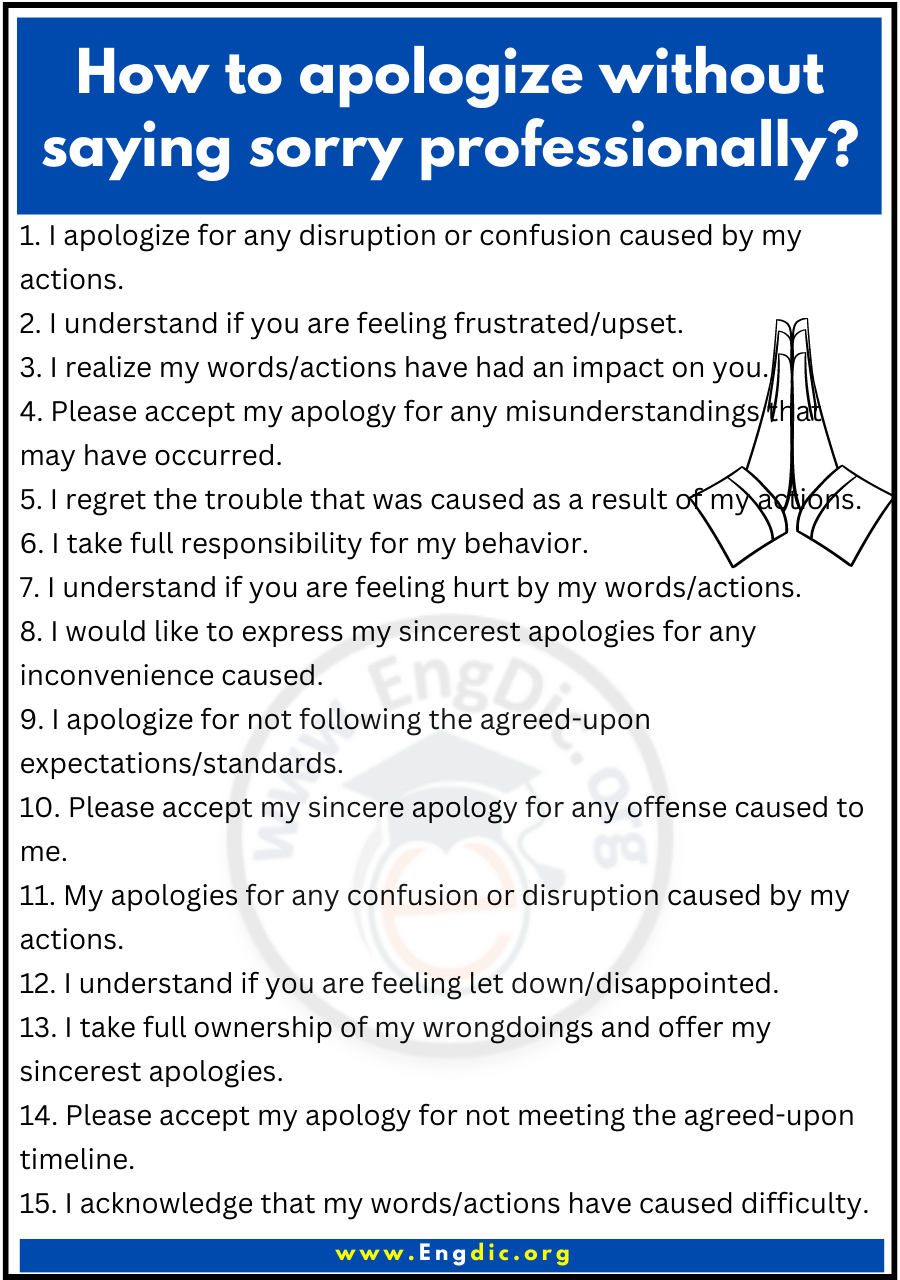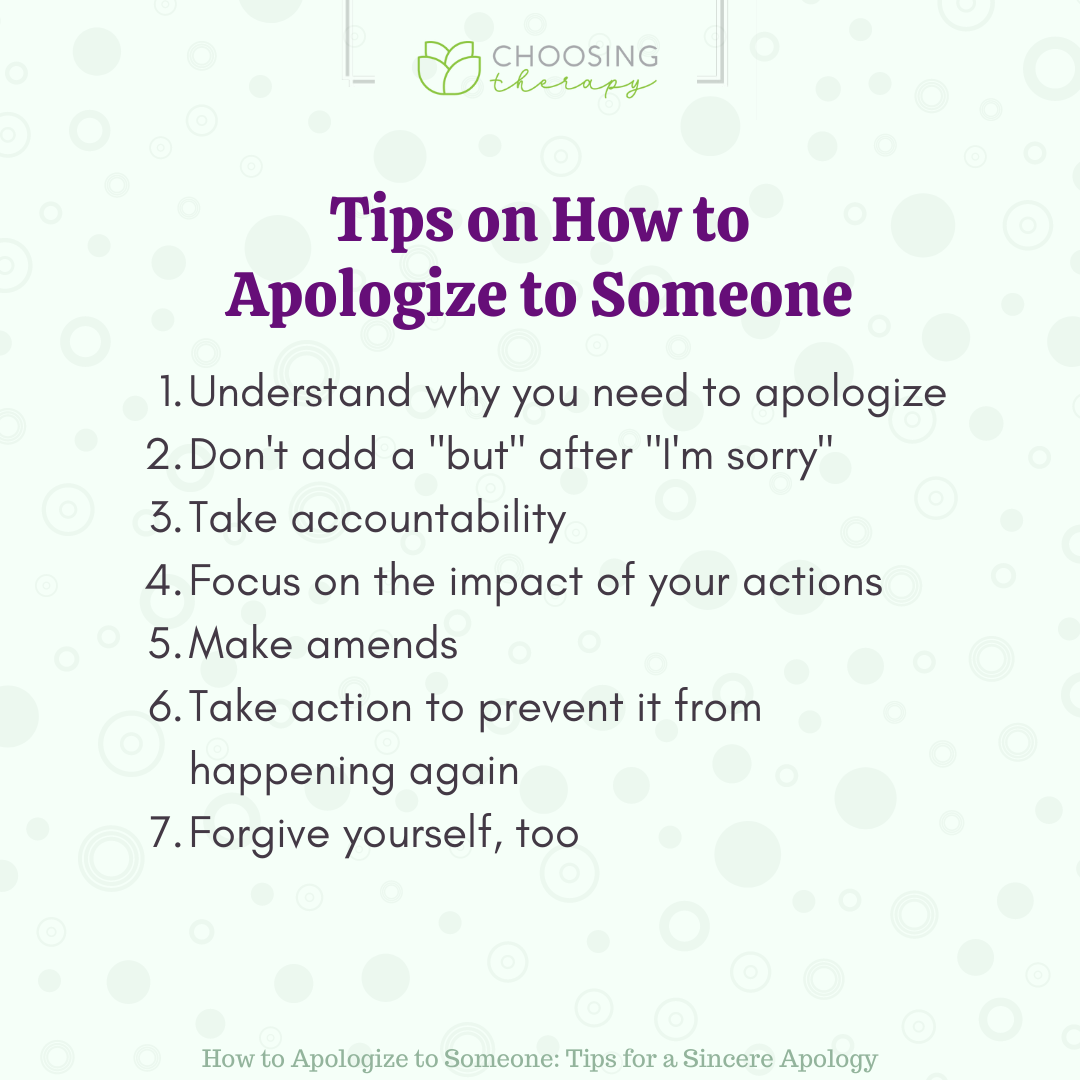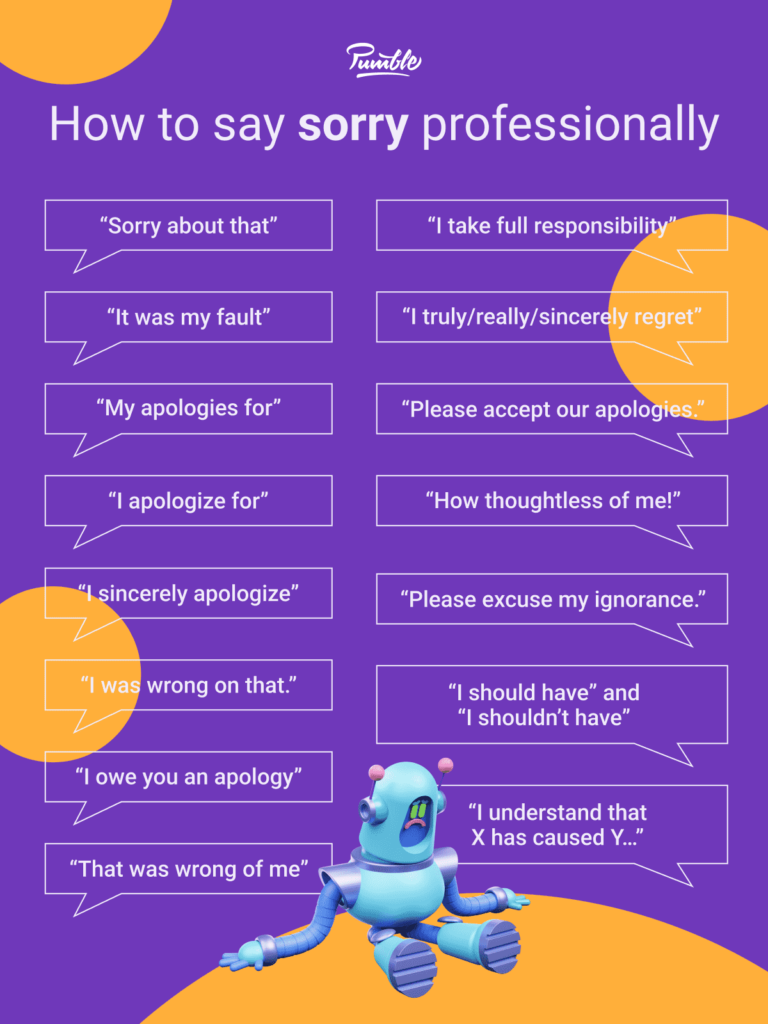How To Apologise Without Apologising

Imagine a scenario: a crowded office, tension thick enough to cut with a knife. The air hangs heavy after a miscommunication, a project delayed, and fingers subtly pointed. But instead of a sincere, heartfelt apology, what emerges is a carefully crafted sentence, a linguistic dance that seems to skirt the issue entirely. It sounds something like, "Mistakes were made."
The art of the "non-apology apology," a verbal maneuver that acknowledges an issue without taking direct responsibility, has become increasingly prevalent in public discourse, from political arenas to corporate boardrooms. This practice, while seemingly aimed at diffusing tension, often leaves the offended party feeling unheard and undervalued, and raises questions about sincerity and accountability.
The Anatomy of a Non-Apology
A non-apology apology is a statement that resembles an apology but lacks genuine remorse or ownership of the error. It's a linguistic sleight of hand, designed to mitigate damage without admitting fault. These types of apologies often employ passive voice, conditional statements, or focus on the speaker's intentions rather than the impact of their actions.
Consider the classic, "I'm sorry if anyone was offended." This phrase doesn’t acknowledge wrongdoing but instead shifts blame to the recipient's sensitivity. The speaker essentially says, "If you were offended, that's your problem, not mine." According to a study published in the Journal of Language and Social Psychology, these types of statements are perceived as significantly less sincere than direct apologies.
Examples in the Wild
The use of non-apology apologies is widespread. In the political sphere, politicians often resort to them when addressing controversial statements or actions. A public figure might say, "I regret that my words were misinterpreted," placing the onus on the audience rather than taking responsibility for the potential harm caused.
Similarly, in the corporate world, companies often use non-apologies to navigate public relations crises. "We regret any inconvenience this may have caused" is a common refrain, often masking underlying systemic issues or negligence. The use of "inconvenience" minimizes the potential damage. It could be far more serious than that.
"The difference between a sincere apology and a non-apology is the presence of genuine empathy and accountability."
Why We Do It
The reasons behind employing non-apology apologies are varied and complex. Fear of legal repercussions is a significant factor, especially in corporate settings. Admitting fault can open the door to lawsuits and financial liabilities.
Ego also plays a role. Some individuals struggle to admit wrongdoing, viewing it as a sign of weakness or a threat to their self-image. Avoiding direct responsibility becomes a way to protect their reputation and maintain a sense of control.
Strategic communication is another consideration. Non-apologies can be used as a calculated tactic to appease the public without making legally binding admissions. Experts note that in certain situations, a full apology could escalate the situation, while a carefully worded statement can buy time and allow for damage control.
The Impact of Insincerity
While non-apology apologies may seem like a clever way to navigate tricky situations, they often backfire. They can erode trust, damage relationships, and exacerbate the original problem. When people sense a lack of sincerity, they are more likely to feel resentful and seek justice.
According to research by Brene Brown, author of "Daring Greatly," vulnerability is crucial for building strong connections. An attempt to avoid vulnerability makes people less trusting. A genuine apology, even if difficult, can ultimately strengthen relationships and foster understanding.
Moreover, in the age of social media, insincerity is quickly exposed. A poorly crafted non-apology can trigger a wave of criticism and outrage, further damaging a person's or organization's reputation. This means the situation becomes much more complicated.
Towards Authentic Apologies
Learning to deliver genuine apologies is an essential skill for personal and professional success. A sincere apology involves acknowledging the harm caused, expressing remorse, accepting responsibility, and offering a plan for making amends. True apologies are not about minimizing the impact of one's actions but about taking full ownership of them.
When crafting an apology, focus on the other person's feelings and experiences. Use "I" statements to express your remorse and avoid shifting blame. Be specific about the actions you are apologizing for. Most importantly, mean what you say.
Ultimately, the best way to avoid the need for a non-apology apology is to strive for ethical behavior, clear communication, and a willingness to own your mistakes. In a world increasingly cynical of carefully crafted statements, authenticity is the most valuable currency.


















